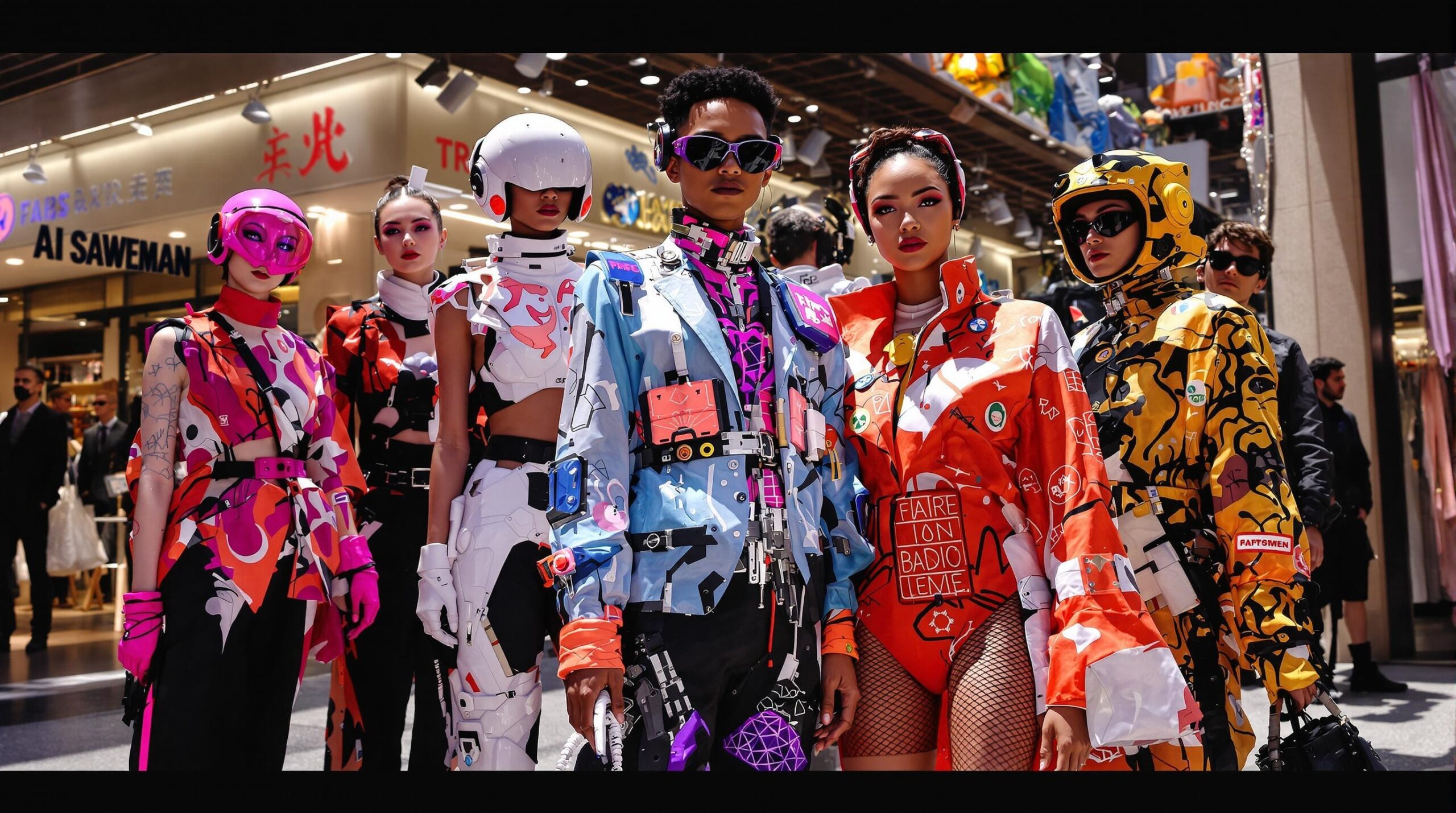The fashion industry constantly evolves, driven by changes in consumer preferences, technology, and cultural shifts. One significant technological advancement influencing fashion is artificial intelligence (AI). By 2025, AI-generated fashion trends may become a dominant force in our wardrobes. This article explores how AI could shape fashion trends, its potential impact on designers and consumers, and the future implications.
AI: Transforming the Fashion Industry
AI is transforming the way designers create, and consumers engage with fashion. Machine learning algorithms analyze data from social media, fashion runways, and consumer behavior to identify patterns and trends. AI-equipped tools help designers forecast trends more accurately and create personalized designs tailored to individual consumer preferences. Integrating AI in fashion design heralds a new era of innovation and efficiency.
Another critical advantage of AI is its ability to streamline the fashion supply chain. AI can predict demand more accurately, reducing overproduction and waste. It enhances inventory management and improves logistics, ensuring products reach consumers faster. Brands adopting AI not only become more efficient but also more sustainable. This trend aligns with the increasing consumer demand for eco-friendly fashion choices.
The Rise of AI-Generated Fashion Trends
AI-generated fashion trends have gained traction in recent years, leading to innovative and unique designs. AI can analyze fashion history, cultural influences, and social media trends, producing unseen design combinations. The creative possibilities are endless, as algorithms can test and recommend designs beyond human imagination. Designers and brands embracing AI see the potential for pushing fashion boundaries and redefining style paradigms.
AI-generated designs often incorporate consumer data, ensuring personalization and precision catering to individual tastes. This customization is becoming increasingly important as consumers seek unique, personal fashion statements. AI tools enable brands to offer bespoke clothing options that align with consumers’ aesthetic preferences.
The Impact on Fashion Designers
AI presents unique challenges and opportunities for fashion designers. On one hand, AI can enhance a designer’s creative process by offering insights into emerging trends and preferences. Designers can leverage AI to experiment with unconventional designs and streamline creative workflows. By handling repetitive tasks, such as pattern creation or color selection, AI frees designers to focus more on innovation and artistry.
On the other hand, some designers fear AI may diminish their role in the creative process. The proliferation of AI-generated designs could potentially reduce the value of human creativity in fashion. Designers must adapt and rethink their approach to maintain relevance in an AI-driven industry. Collaborating with technology rather than competing against it could mark a prosperous future for designers.
Changing Consumer Behaviors
Consumers today are increasingly tech-savvy, and their shopping habits reflect this trend. Many consumers embrace technology in their fashion choices, relying on AI-powered recommendations. Personalized shopping experiences powered by AI cater to specific preferences, enhancing shopping satisfaction. As AI becomes more integrated into fashion retail, consumers’ reliance on data-driven fashion choices is set to increase.
AI-generated fashion trends also shift consumer expectations regarding sustainability and authenticity. Conscious consumers are more likely to support brands that use AI to optimize resource usage and minimize environmental impact. Fashion brands adopting AI-driven production processes may gain favor with eco-conscious consumers, whose demand for sustainable products continues to grow.
Ethical Considerations and Challenges
Despite AI’s promise, it involves ethical considerations and challenges that must be addressed. AI in fashion raises questions about copyright and intellectual property as the lines between human and machine creativity blur. Determining ownership and proper credit for AI-generated designs becomes complex. The fashion industry must establish guidelines or agreements to navigate these issues.
AI implementation could lead to workforce displacement, particularly in traditional fashion roles. Workers performing tasks AI can automate might face job insecurity. The industry must balance adopting AI technologies and supporting displaced workers. Retraining programs or new job opportunities may help mitigate potential employment impacts.
Looking Towards 2025 and Beyond
As we look towards 2025, AI’s role in fashion is poised to expand, influencing designers, consumers, and industry dynamics. AI-generated fashion trends offer opportunities for innovation and personalized experiences. They challenge traditional design norms, pushing creativity to new frontiers.
Despite potential challenges, AI’s integration into fashion holds promise for sustainability and efficiency. The fashion industry stands at a crossroads, with technology reshaping its future. Forward-thinking brands and designers willing to embrace AI will likely lead the fashion evolution.
In conclusion, AI-generated fashion trends are more than fleeting trends; they represent a transformative force shaping the future of fashion. By 2025, AI-driven designs may dominate our wardrobes, offering personalized, sustainable, and innovative fashion options. The journey towards an AI-integrated fashion world is beginning, and its potential is boundless.

